Australian Flag and Emblems
The Australian National Flag was first flown on September 3, 1901 over the Royal Exhibition Building in Melbourne. The date is still celebrated as ‘Australian National Flag Day’. Today, the National Flag is a symbol of the Australian identity and serves as an important part of almost all our national events.
Symbols within the Australian Flag design
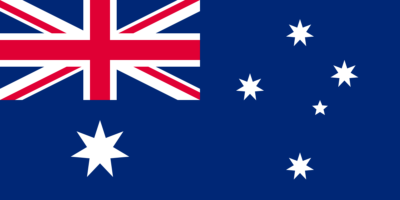 The colours and symbols within the Australian Flag have great significance, there are three primary elements;
The colours and symbols within the Australian Flag have great significance, there are three primary elements;
The Union Jack – The presence of the Union Jack in the upper hoist quadrant of Australia’s Flag is an acknowledgment of Australia’s connection and history with the United Kingdom.
The Southern Cross – Located in the second and fourth quarter (right hand side), the Southern Cross is a constellation of fixe stars that is a prominent feature of the night sky and only visible in the southern hemisphere. It is a significant navigational feature and intended to represent Australia’s geographical location.
The Commonwealth Star – This large seven point star is placed centrally in the third quarter of the flag. The seven points denote the six states of Australia and the combined territories of the Commonwealth. The seventh point was an addition eight years after the original in 1909.
Proclamation
The Flags Act of 1953 proclaimed the Australian National Flag.
Australian Coat of Arms
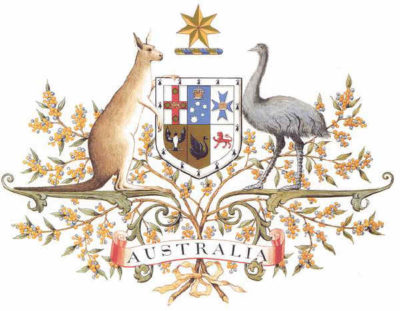 Australia’s current Coat of Arms was granted by King George V in Spetember of 1912 and is the second Commonwealth Coat of Arms. The first version appeared in 1908 and although similar, it did not include any specific references to the Australian States. Recommendations of the Commonwealth Government by King George V led to a number of changes which resulted in the design we see today.
Australia’s current Coat of Arms was granted by King George V in Spetember of 1912 and is the second Commonwealth Coat of Arms. The first version appeared in 1908 and although similar, it did not include any specific references to the Australian States. Recommendations of the Commonwealth Government by King George V led to a number of changes which resulted in the design we see today.
The Australian Government uses the coat of arms to authenticate documents and for other official purposes. Its uses range from embellishing the Australian passport to forming part of all Australian government departmental insignias.
The shield at the centre of the coat of arms is a symbol for the federation of the states and it depicts the badges of the six Australian states enclosed by an ermine border. The shield is supported by two native Australian animals, the red kangaroo and the emu.
Above the shield is the seven pointed gold Commonwealth Star, six of the points represent each of the six states and the seventh represents the territories.
Australia has never adopted any official motto or faunal emblem. By popular tradition, however, the kangaroo and emu are widely accepted as such.

 The colours and symbols within the Australian Flag have great significance, there are three primary elements;
The colours and symbols within the Australian Flag have great significance, there are three primary elements;  Australia’s current Coat of Arms was granted by King George V in Spetember of 1912 and is the second Commonwealth Coat of Arms. The first version appeared in 1908 and although similar, it did not include any specific references to the Australian States. Recommendations of the Commonwealth Government by King George V led to a number of changes which resulted in the design we see today.
Australia’s current Coat of Arms was granted by King George V in Spetember of 1912 and is the second Commonwealth Coat of Arms. The first version appeared in 1908 and although similar, it did not include any specific references to the Australian States. Recommendations of the Commonwealth Government by King George V led to a number of changes which resulted in the design we see today.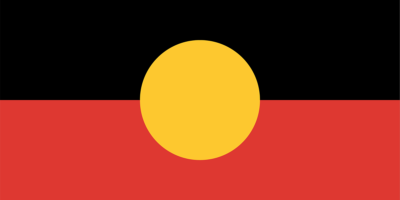
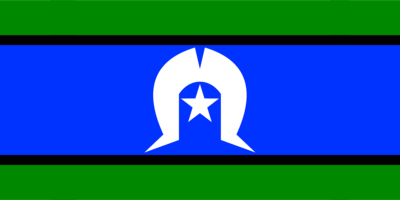
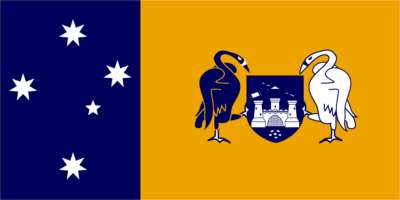
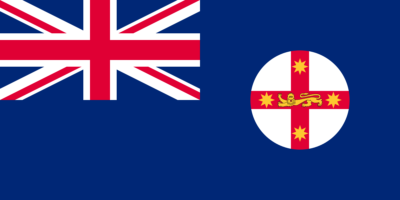
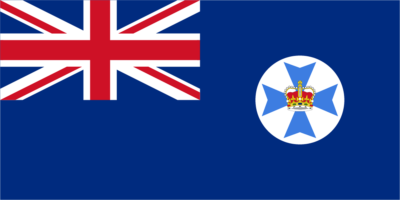
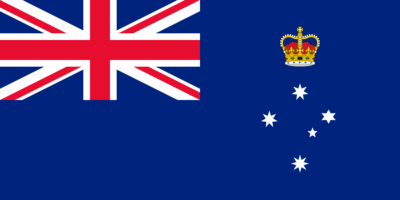
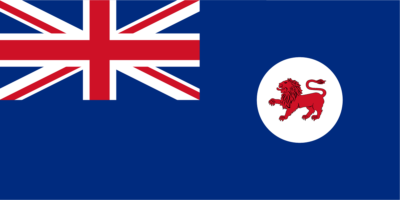
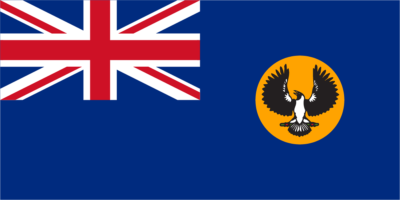
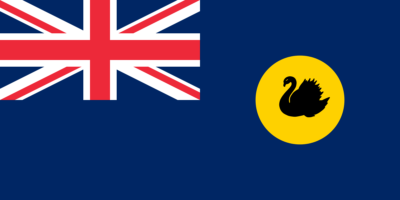
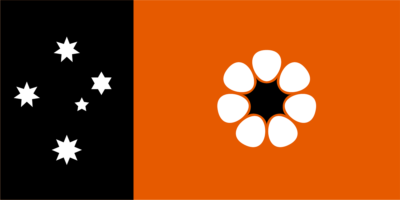
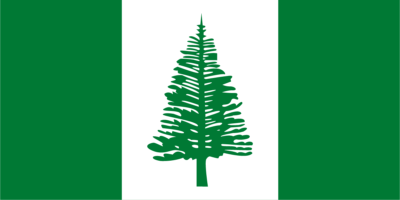
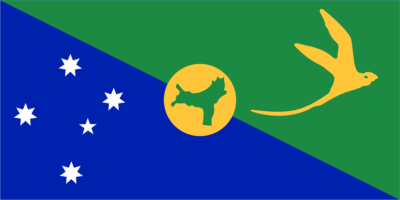
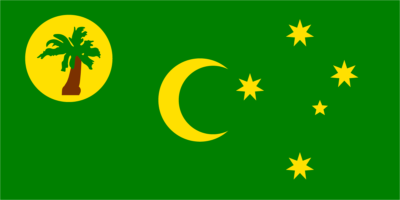
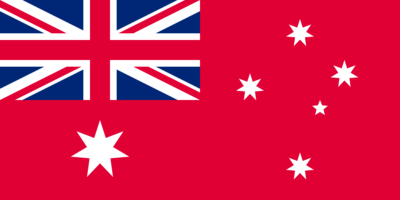
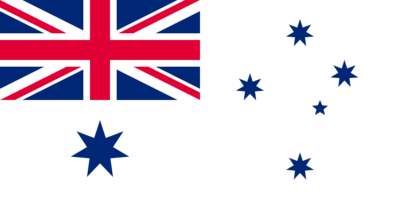
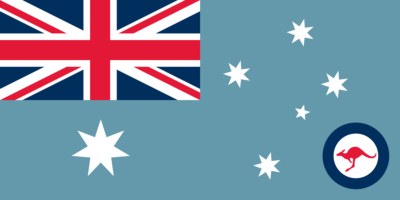
 Australia’s national floral emblem is the golden wattle (Acacia pycnantha Benth.). On August 19th, 1988 the Governor-General, the Rt Hon Sir Ninian M Stephen AK GCMG GCVO KBE, proclaimed the golden wattle as Australia’s national floral emblem. National Wattle Day is the first day of September and was introduced in 1913 by an association called the Wattle Day League and formally recognised on 23 June 1992. Australians can celebrate Wattle Day by planting wattles and wearing the wattle blossom on September 1st.
Australia’s national floral emblem is the golden wattle (Acacia pycnantha Benth.). On August 19th, 1988 the Governor-General, the Rt Hon Sir Ninian M Stephen AK GCMG GCVO KBE, proclaimed the golden wattle as Australia’s national floral emblem. National Wattle Day is the first day of September and was introduced in 1913 by an association called the Wattle Day League and formally recognised on 23 June 1992. Australians can celebrate Wattle Day by planting wattles and wearing the wattle blossom on September 1st.